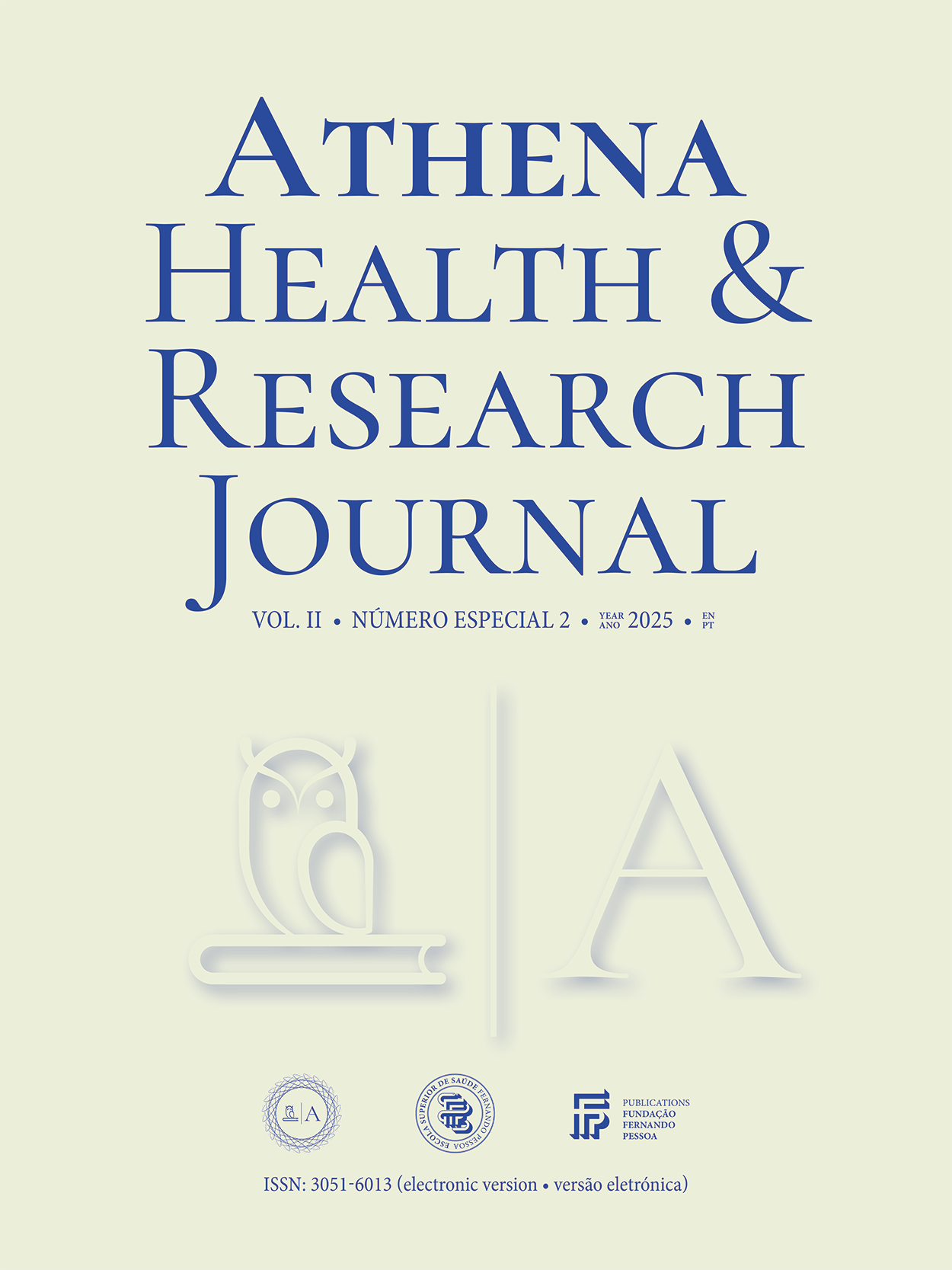Orofacial harmonization: variation of the cervico-mental angle with age
DOI:
https://doi.org/10.62741/ahrj.v2iSuppl.%202.109Keywords:
cephalometric analysis, orofacial harmonization, cervico-mental angle, longevityAbstract
Introduction: Cephalo and profilometric studies are essential for facial analysis based on objective and clear criteria that can support clinical decision-making in orofacial harmonization.
Objective: This study aims to analyze the results of research on the variation of the cervico-mental angle with age, dependent on the lower third of the face and the cervical region.
Methodology: Observational, cross-sectional, prospective research study, approved by the Ethics Committee of Fernando Pessoa University (number FCSPI/528/24). Fifty women were evaluated, divided into five age groups (18–24; 25–34; 35–44; 45–54; >55). Each participant voluntarily signed three informed consent forms (participation in the study, performance of the cephalometric radiograph, and use of photographs in dental medicine). The cervico-mental angle evaluated in the cephalometric analysis, using cephalometric radiographs and photographic analysis, is formed by the intersection of line A (perpendicular to the plane formed between the articulare and gonion points with the line tangent to the menton) and line B (joining the gnation and cervical points). It is classified as grade I (normal; <20°), grade II (21°–40°), grade III (41°–60°), and grade IV (>60°). Inclusion criteria were: age over 18 years, agreement with the terms and consents, and completion of the radiograph and photographic analysis. Exclusion criteria included prior aesthetic treatments, medical conditions limiting exposure to radiation, deformities in the analyzed region, or any other condition preventing the use of the methodology
Results: Using cephalometric analysis (Nemoceph) and Excel, it was possible to calculate and compare the variation of the cervico-mental angle. In this sample, an increase in the angle with age was observed, with the youngest group (18–24 years) classified as grade I and the oldest group (>55 years) as grade II. In addition to aging, this variation is also influenced by increased weight (leading to greater submental adipose tissue), skin laxity, lifestyle habits, metabolic changes, and tooth loss. Consequently, a loss of definition in the cervico-mandibular contour and mandibular angle was noted.
Discussion The cervico-mental angle increases with age due to factors such as fat accumulation, skin laxity, and tooth loss, leading to a loss of definition in the lower face. Assessing this angle is essential in orofacial harmonization to guide aesthetic and functional interventions.
Conclusions: Young patients exhibit a well-defined cervico-mandibular contour, a cervico-mental angle of approximately 90°, and minimal local skin laxity and adiposity. With aging, the contour and definition gradually diminish, leading to an increase in this angle. Considering this parameter in Oral Health is crucial for maintaining orofacial balance.
References
NA
Downloads
Published
Issue
Section
License
Copyright (c) 2025 Athena Health & Research Journal

This work is licensed under a Creative Commons Attribution-NonCommercial 4.0 International License.
Copyright of published papers is assigned to the Journal, but all content is licensed under the terms of Creative Commons Non-comercial 4.0 International License. Thus users are allowed to read, download, copy, distribute, print, search, or link to the full texts of the articles, or use them for any other lawful purpose, without asking prior permission from the publisher or the author. This is in accordance with the BOAI definition of open access.














